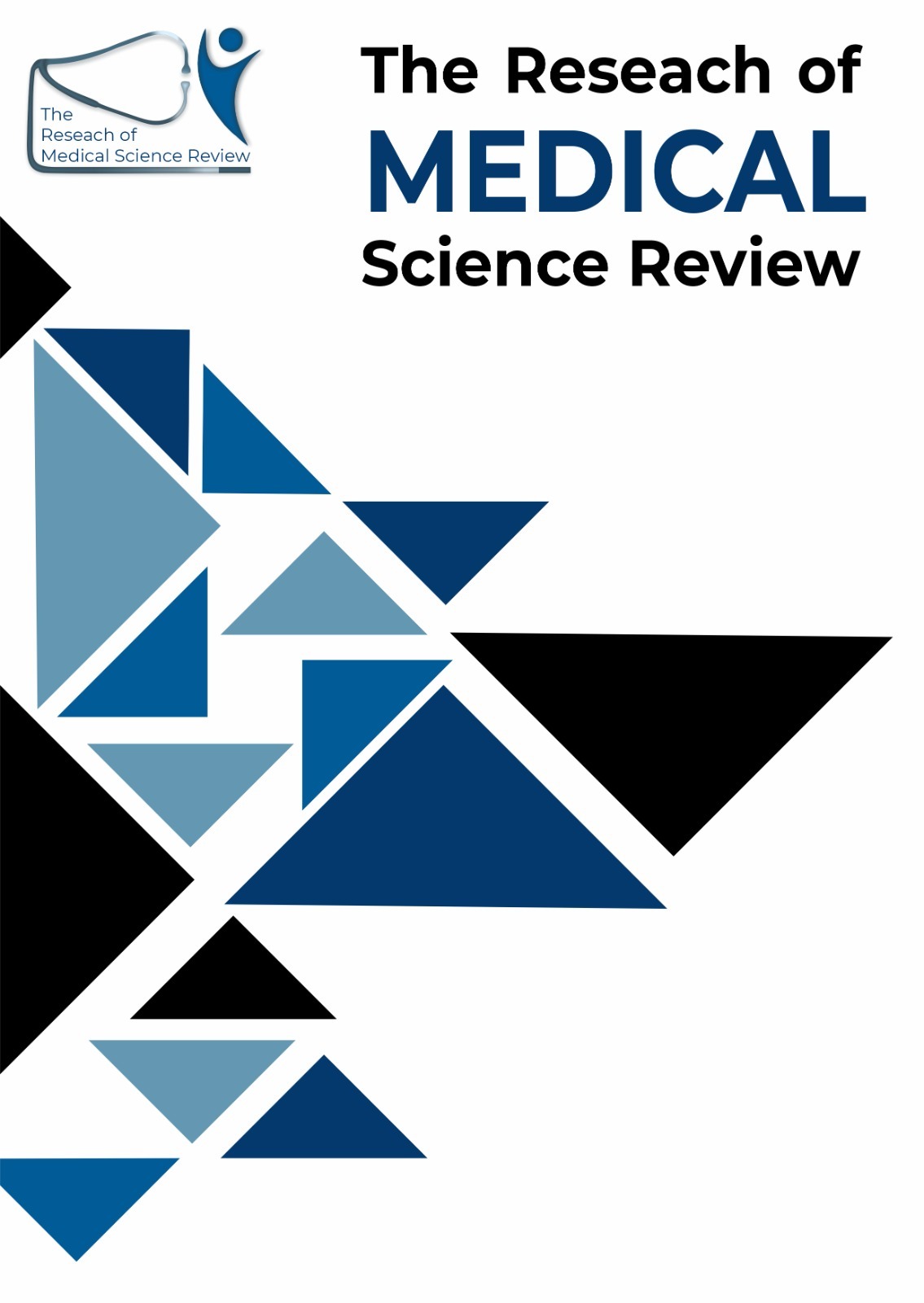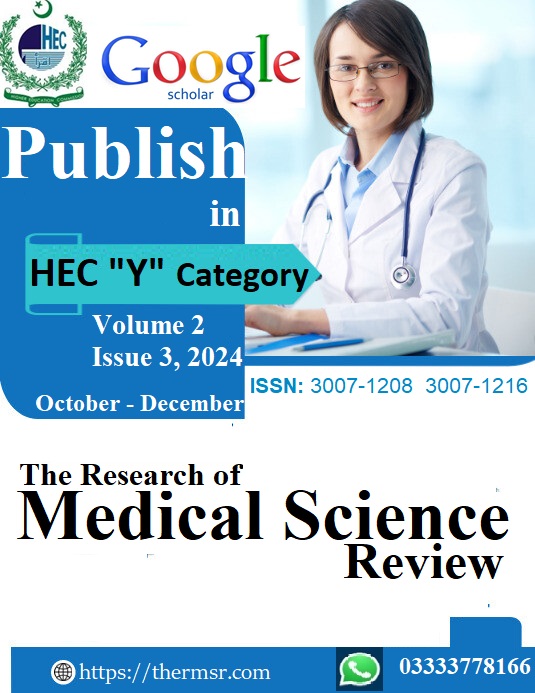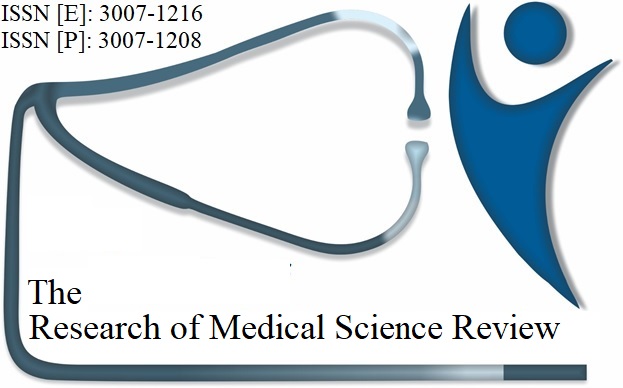IDENTIFICATION, EVALUATION, AND PREVENTION OF PREDOMINANT MICROORGANISMS CAUSING VENTILATOR- ASSOCIATED PNEUMONIA IN ICU PATIENTS
Keywords:
IDENTIFICATION, EVALUATION, PREVENTION, PREDOMINANT MICROORGANISMS, CAUSING, VENTILATOR- ASSOCIATED PNEUMONIA, ICU PATIENTSAbstract
Ventilator associated pneumonia (VAP) is a most common intensive care unit (ICU) infection that effects those patients who are on mechanical ventilation or ventilator. It is a significant cause of mortality and morbidity in ICU patients. Incidence of VAP varies from patient to patient and health care setting ranging from 5% to 40%. This study aims to identify the most common microorganism that is responsible for VAP, to evaluate which part of the ventilator is most susceptible for the transmission of microorganism and to ruled out which antibiotic prophylaxis has good outcomes against the prevention of VAP. This cross-sectional study will be conducted in Mayo Hospital Lahore.138 patient is selected to diagnose the VAP with the help of an X-ray, pan sculture including tracheal tube secretions culture, blood culture, urine culture and chest ultrasound. This study result provides evidence-based decisions against antimicrobial stewardship and help to control the spread of resistance microbes. The is entered and analyzed using SPSS 25. Chi square is used for the statistical analysis. P-value of 0.05 or less will be considered as significant. 92 out of 138 trials (66.7%) were successful for Colistin Sensitivity. 99 out of 138 trials (71.7%) were successful for Pseudomonas aeruginosa. looking at the numbers, it turns out that about 64.5% of the patient, that is 89 individuals, they were satisfied with their treatment results. The Asymptotic Standard Error here is 0.051. The most prominent micro-organism in ICUs of mayo hospital is Pseudomonas aeruginosa, which is predominantly sensitive against colistin, and treatment satisfaction with colistin is 100% according to results. Further researches are needed to explore parts of ventilator for biofilm formation of microorganisms, and sterilization protocols.
Downloads
Downloads
Published
Issue
Section
License

This work is licensed under a Creative Commons Attribution-NonCommercial-NoDerivatives 4.0 International License.















